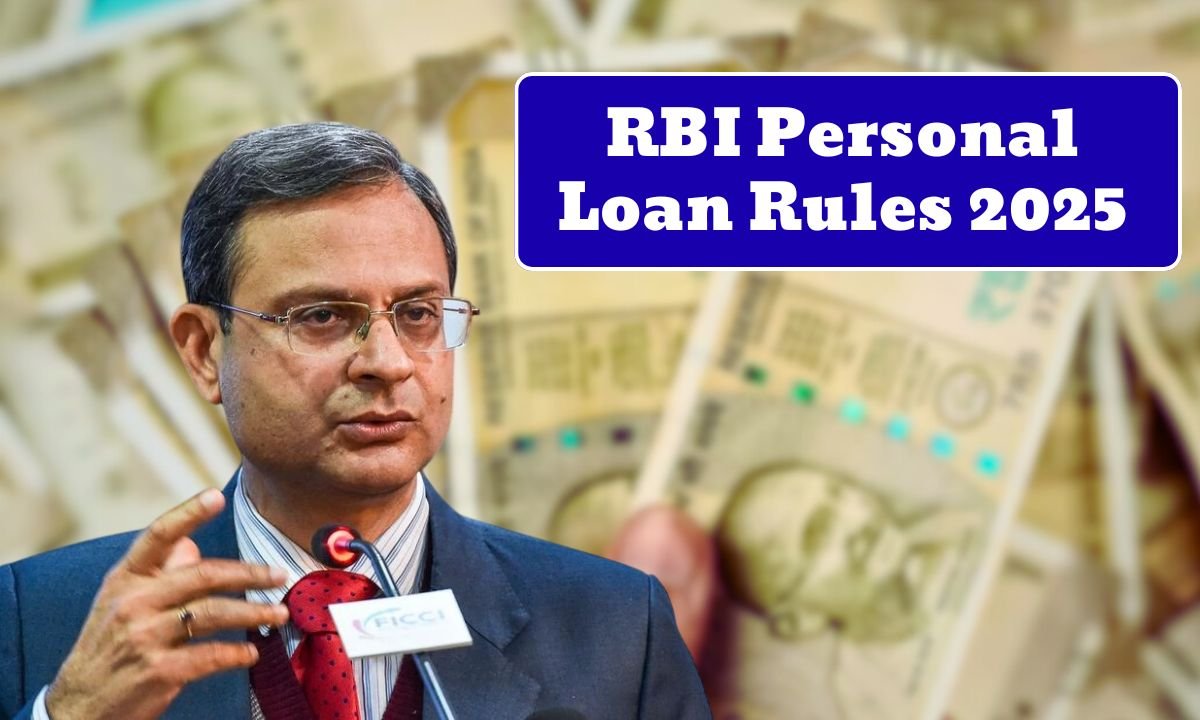In 2025, the Reserve Bank of India (RBI) in collaboration with the major banks and financial institutions has put into force personal loan regulations that aim at the digital lending practices and overall transparency in the whole process of lending. So, if you keep these new rules in mind you can always make for convenient and smart borrowing.
Mandatory KYC and PAN-Aadhaar Linking
KYC verification of full status is now required of all personal loan seekers which consists among other things linking their PAN-Aadhaar. This policy is applicable however to both salaried and self-employed borrowers. It is mandatory for lenders to check income, credit score, and repayment capacity before the actual loan disbursements.
Loan Tenure and Prepayment Flexibility
Now, borrowers have the option to choose their repayment tenures flexibly, with the bank allowing them a period from 6 months to 7 years. Also, as per RBI’s order banks, and NBFCs are to charge no foreclosure fees on the part of personal loans that have floating rates, thus aiding the borrowers in repaying early without incurring any penalty.
Interest Rates Based on Credit Score
The interest rates are now more individualized. The borrowers who have a higher credit score (750 and above) get lower interest rates; while those with a lower score may either be given a higher rate or subjected to stricter eligibility. The digital lenders are obliged to reveal the Annual Percentage Rate (APR) at the outset in order to sidestep hidden charges.
Revised Personal Loan Charges in 2025
Here’s a quick look at the updated pricing structure across most banks and NBFCs:
| Fee Type | Typical Range (₹) |
|---|---|
| Processing Fee | 1% – 3% of loan amount |
| Prepayment Charges | 0% (floating rate loans) |
| Late Payment Penalty | ₹500 – ₹1,200 per EMI |
| Loan Cancellation Fee | ₹1,000 – ₹3,000 |
| CIBIL Report Access Fee | ₹50 – ₹100 |
Digital Lending and Consent-Based Access
The Reserve Bank of India has announced that all the apps lending digitally will have to be registered henceforth. The borrowers are required to give clear consent before the lenders can obtain their credit data or contact lists. For the sake of comprehension, loan contracts must be sent digitally and in the local languages.
Final Thoughts
The reforms regarding personal loans in 2025 aim at manipulating the lending practices in a manner such that the borrower would be the one protected and not the lender. Now taking a personal loan is safer plus it is a borrower-friendly process because of the many flexible tenures as well as transparent pricing and stronger digital safeguards.
